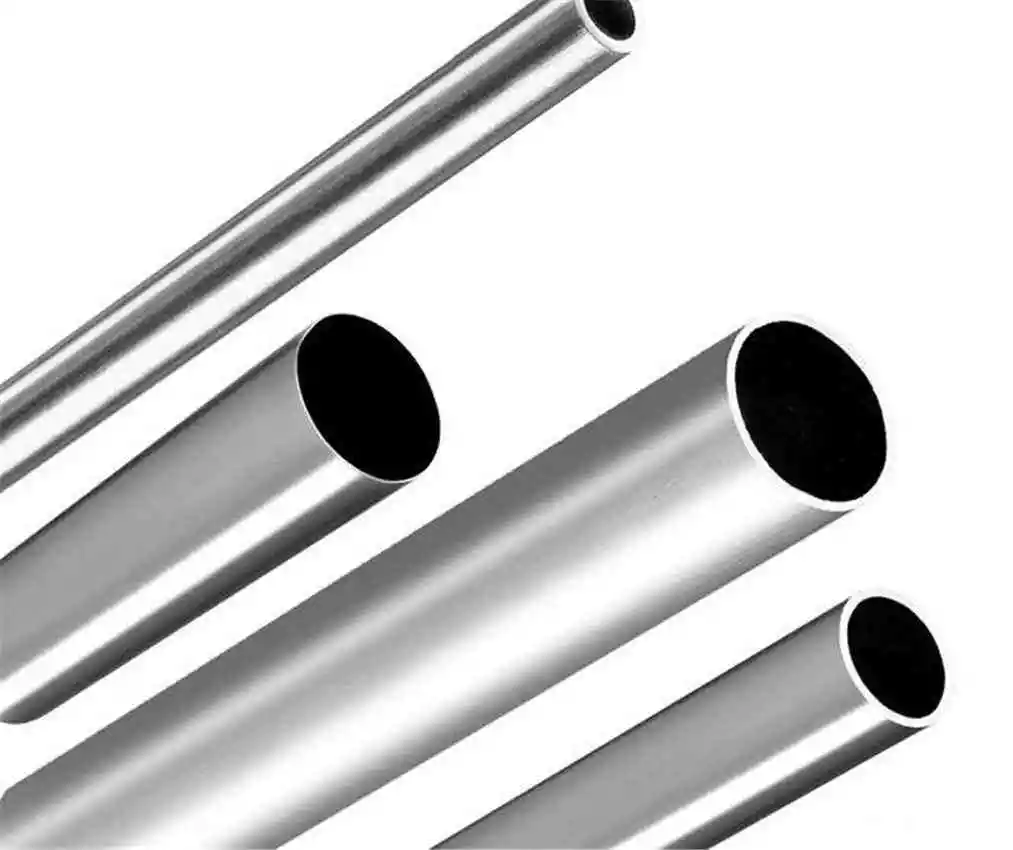Corrosion of Stainless Steel Pipes
What is the crevice corrosion of stainless steel pipes?
There may be metallic or non-metallic deposit sediment on the surfaces of stainless steel pipes, and the deposit sediment will form the crevice with the surfaces of stainless steel pipes. Under the effects of corrosive media, the pitting corrosion will happen and the ulcer-like damage will be caused on the crevice of the stainless steel pipe first, which is called the crevice corrosion. In the liquid medium with the chloride ion, the acidification (the concentration of the chloride ion increased and the PH value decreased) of the medium solution in the crevice as well as the hypoxia will bring the partial damage to the passive film.
The most fundamental way to eliminate the crevice is to avoid the existence of the crevice in the structural design. The crevice at the joint of the heat exchanger pipe and the tube sheet as well as the crevice on the flange, the gasket, the bolt, etc. are supposed to be effectively prevented through appropriate measures. Stainless steel pipes should be cleaned regularly so as to prevent the dirt from accumulating on the surface of the stainless steel pipe. Generally, the stainless steel pipe made of the high chromium and molybdenum as well as that made of the high chromium, molybdenum and nitrogen have good corrosion resistance. It can be seen that in order to solve the crevice corrosion, starting from the selection of the raw material is more difficult and costs more money than solving the pitting corrosion problem.
Factors affecting corrosion fatigue of stainless steel tubes
The joint effect of the alternating stress and the medium can cause the local corrosion of the stainless steel pipes. There are many reasons for the corrosion fatigue caused by the combined action of mechanics (dynamic stress) and electrochemistry (corrosive media), and there is no consistent conclusion has been reached yet. In the case of the generation mechanism, the pitting stress concentration model, the optimum solvation of the metamorphic metal model, the metal film rupture model and the active substance adsorption model are proposed. However, under the action of alternating stress or under the joint action of the media and the alternating stress, the rupture of the passivation film, the dissolution of the glide step and the reciprocal action of the repassivation are the key factors that can affect the corrosion fatigue of the stainless steel pipe.
In order to solve the problem of the corrosion fatigue, it is an effective way to prevent and reduce the alternating stress of the stainless steel pipe and its components, including the elimination of the structural stress concentration and the defect on the surface of the stainless steel pipe. Selecting the high fatigue strength and corrosion resistant materials as the raw materials of stainless steel pipes is another good method.

There may be metallic or non-metallic deposit sediment on the surfaces of stainless steel pipes, and the deposit sediment will form the crevice with the surfaces of stainless steel pipes. Under the effects of corrosive media, the pitting corrosion will happen and the ulcer-like damage will be caused on the crevice of the stainless steel pipe first, which is called the crevice corrosion. In the liquid medium with the chloride ion, the acidification (the concentration of the chloride ion increased and the PH value decreased) of the medium solution in the crevice as well as the hypoxia will bring the partial damage to the passive film.
The most fundamental way to eliminate the crevice is to avoid the existence of the crevice in the structural design. The crevice at the joint of the heat exchanger pipe and the tube sheet as well as the crevice on the flange, the gasket, the bolt, etc. are supposed to be effectively prevented through appropriate measures. Stainless steel pipes should be cleaned regularly so as to prevent the dirt from accumulating on the surface of the stainless steel pipe. Generally, the stainless steel pipe made of the high chromium and molybdenum as well as that made of the high chromium, molybdenum and nitrogen have good corrosion resistance. It can be seen that in order to solve the crevice corrosion, starting from the selection of the raw material is more difficult and costs more money than solving the pitting corrosion problem.
Factors affecting corrosion fatigue of stainless steel tubes
The joint effect of the alternating stress and the medium can cause the local corrosion of the stainless steel pipes. There are many reasons for the corrosion fatigue caused by the combined action of mechanics (dynamic stress) and electrochemistry (corrosive media), and there is no consistent conclusion has been reached yet. In the case of the generation mechanism, the pitting stress concentration model, the optimum solvation of the metamorphic metal model, the metal film rupture model and the active substance adsorption model are proposed. However, under the action of alternating stress or under the joint action of the media and the alternating stress, the rupture of the passivation film, the dissolution of the glide step and the reciprocal action of the repassivation are the key factors that can affect the corrosion fatigue of the stainless steel pipe.
In order to solve the problem of the corrosion fatigue, it is an effective way to prevent and reduce the alternating stress of the stainless steel pipe and its components, including the elimination of the structural stress concentration and the defect on the surface of the stainless steel pipe. Selecting the high fatigue strength and corrosion resistant materials as the raw materials of stainless steel pipes is another good method.


